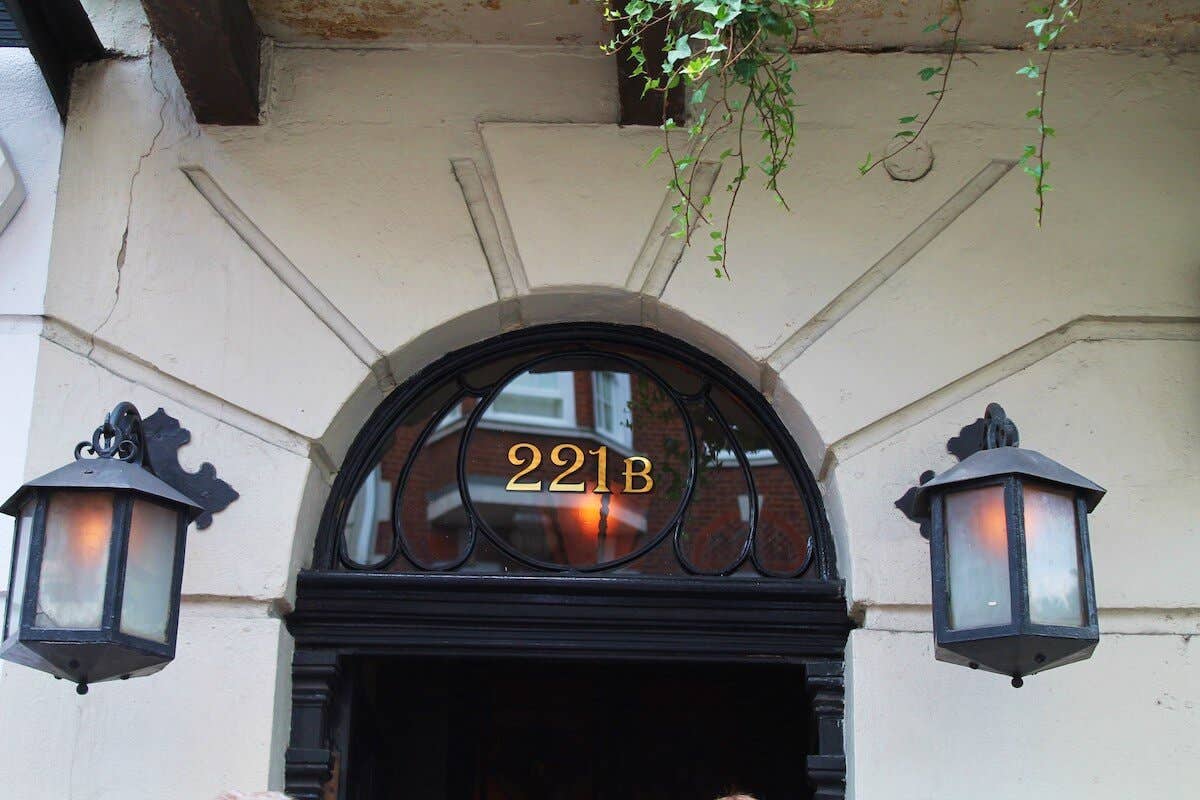“When you have eliminated the impossible, whatever remains, however improbable, must be the truth?” — Arthur Conan Doyle, The Sign of Four
You shouldn’t have to be a super sleuth known for deductive reasoning to discover what your home insurance covers. But with all the conflicting information out there, how else can you tell fact from fiction?
Put on your deerstalker hat and Inverness cape – the game’s afoot! Join us as we bust the seven most common home insurance myths and uncover the truth once and for all.
Myth 1: Homeowners insurance is required by law
Having homeowners insurance is important, but it isn’t required by state or federal law, despite what many people think. That said, you may still be required to get a policy if you have a mortgage. Most lenders require home insurance because they have a financial interest in the property and want to protect it. If something were to happen to the home, they want to make sure that it gets repaired.
Myth 2: Homeowners' Insurance covers flood
Home insurance policies typically exclude flood damage, but it’s easy to see why so many homeowners assume it’s covered. Most have been told their policy includes water damage, and what is a flood if not a whole lot of water? But in insurance, “water damage” generally means damage caused by water originating in your house, like a broken freezer or a burst pipe.
Unfortunately, this is an expensive myth to fall for. When you consider how common and expensive flood damage is, flood insurance is really for everyone.
Myth 3: Anything that's stolen is covered
Your home insurance does cover stolen items, but there are limits to how much coverage is available. The first limit is how much personal property coverage you decide to carry, which is usually between 20 to 50 percent of their dwelling coverage. So let’s say your policy ends up with $20,000 in personal property coverage. If a burglary at your home ends up costing more than $20,000, the difference won’t be covered.
But there may be other limits on your personal property coverage, and that’s for certain high-end items. Many insurance companies have additional limits for particularly expensive property, such as jewelry, furs, rugs, and artwork, and those limits are often not enough to cover the loss. For example, you might only have $1,500 of coverage for fine jewelry, so you would be underinsured if you had any valuable jewelry.
The solution is to increase the limits available in your homeowners' policy when you have big-ticket belongings. You can do that with a scheduled property endorsement.
Myth 4: The only way to pay less is to get less coverage
Most people assume that skimping on coverage is the only way to save money on your home insurance. That’s probably because many of the factors used to determine your premium are beyond your control, such as your home’s:
- Replacement cost estimate.
- Location.
- Age.
- Size.
But you may find that many insurance companies offer discounts, especially to responsible homeowners. Another option is to increase your deductible. This increases your costs if you file a claim, but insurance companies typically reward this with a lower premium.
If push comes to shove, however, you may want to shop around for a new insurance company. Granted, most insurers consider similar factors when setting your premium, but they can weigh them differently. Or perhaps just get a quote from us. We base your premium on thousands of data points to get a better understanding of the risk you present and a more accurate premium to cover it. Homeowners usually save money when they switch to us.
Myth 5: Self-insuring is more affordable than insurance
Self-insurance simply means that rather than buying a home insurance policy from a company, you decide to save enough money to pay for any damages you experience. That choice might be tempting if you’re particularly handy or work in construction. But while you may have no problem making small repairs, you might not be able to cover the costs of rebuilding your entire house.
Myth 6: You must insure your home for its market value
Believing in this myth may cost you quite a bit of money because it can lead you to pay for coverage you don’t actually need. The problem is that your home’s market value and replacement value are seldom the same. For example, a home you paid $500,000 might only cost $200,000 to rebuild. Insuring it for its current market value would result in too much home insurance.
Myth 7: Home insurance covers pest infestations
Home insurance typically doesn't cover damage caused by termites, mice, bats, and other vermin. The issue for the insurance company is that infestations develop over time, so it expects you to deal with pests before they can damage your home. Essentially, dealing with rodents is part of regular home maintenance, and insurance companies don’t pay for damage caused by neglect or normal wear and tear.
Regular upkeep on your home may seem daunting, but it’s an essential part of protecting your investments. Get home maintenance tips in our ultimate guide.


